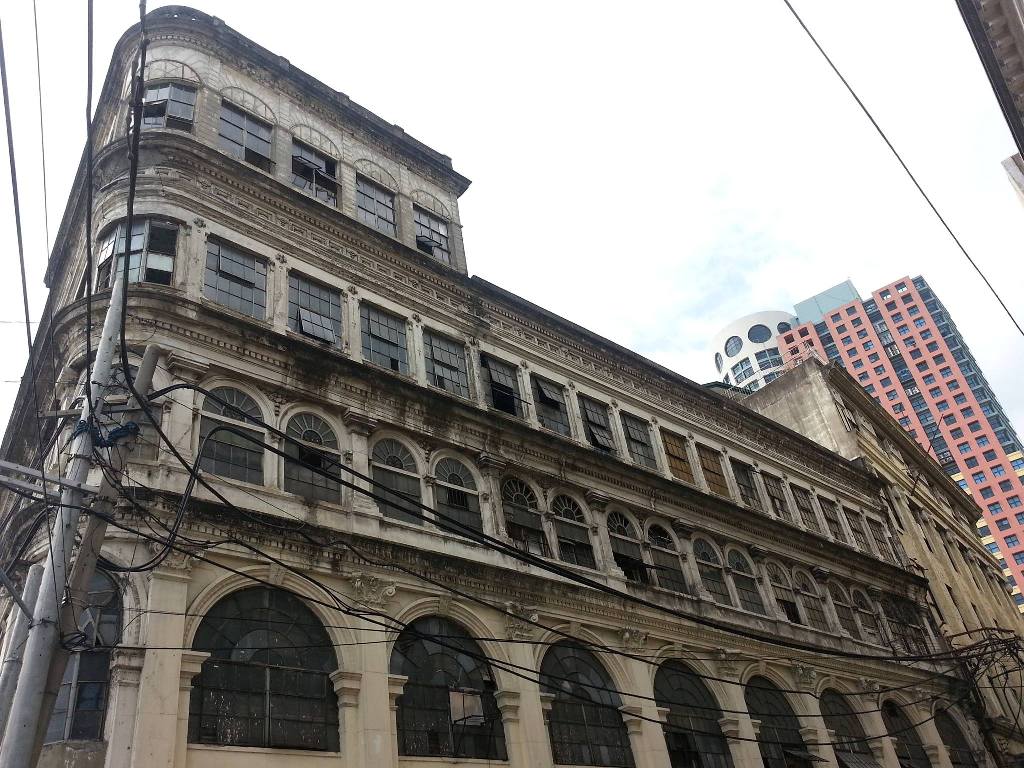
If you’re a fan of old buildings and historical architecture, there isn’t a better place to appreciate our architectural heritage than Escolta, Manila. Calle de la Escolta, as it was called by the Spanish back in the day, is one of the most culturally-significant places in the Philippines, being one of Manila’s oldest business districts, and was event the home of the Manila Stock Exchange. There are a lot of these historical buildings scattered along the streets of Escolta, and here five from Esquire that you need to visit, if you ever find yourself there:
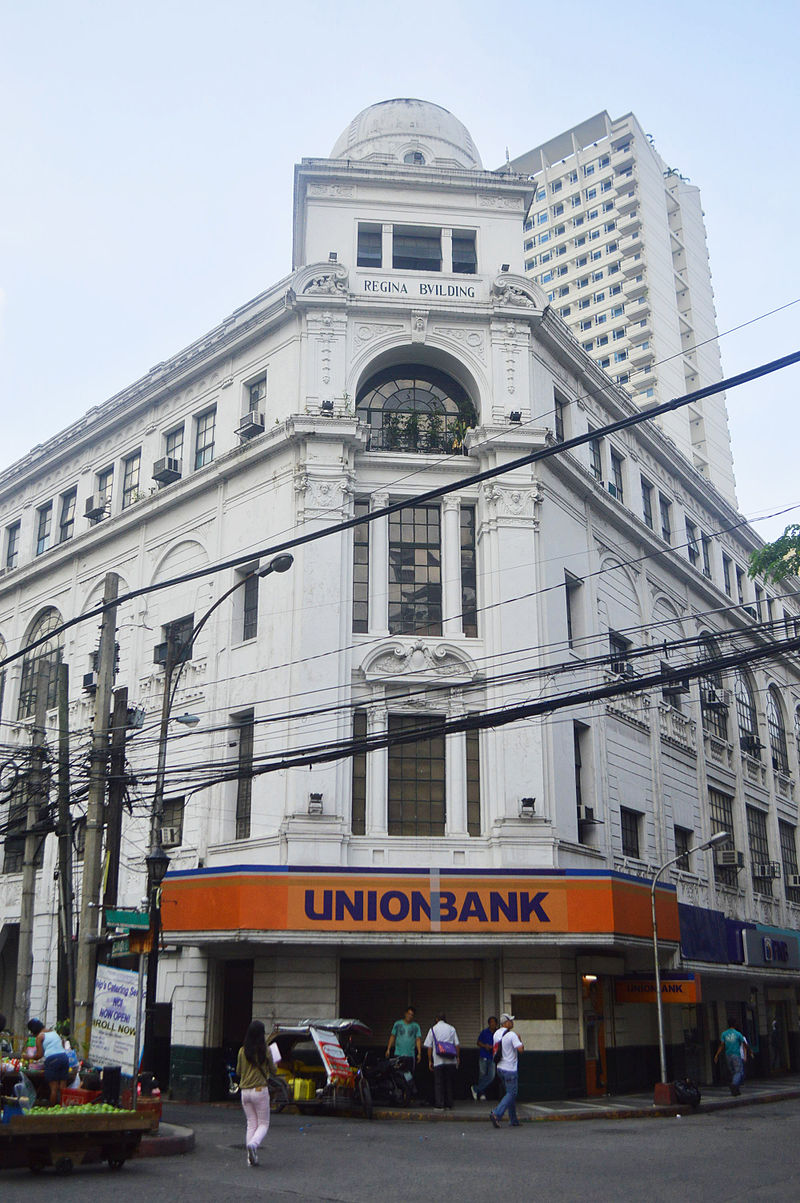
The Regina Building
The Regina Building was previously known as the Roxas Building, and was designed by Andrés Luna de San Pedro. Esquire reports the building was designed in the neoclassical beaux-arts style and was completed on 1915 at the corner of Escolta Street and Calle David in Binondo, Manila. The building retains the pre-war, American colonial feel since it was built, and was expanded from a 3-story structure to the 4-story building today by Fernando H. Ocampo during the 30’s.
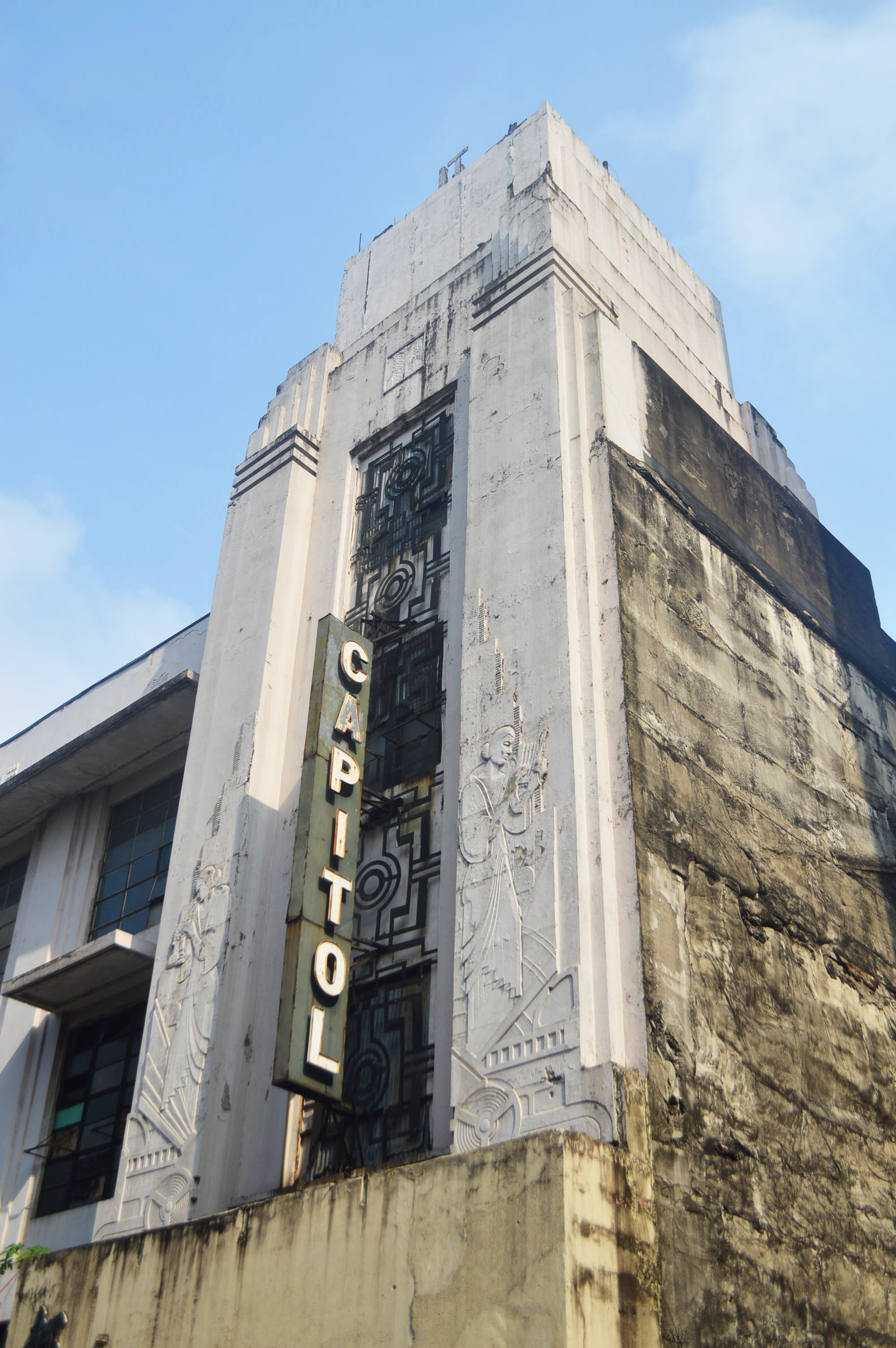
The Capitol Theater
The Capitol Theater is built on the art deco style during the 1930s. It was designed by National Artist for Architecture Juan Nakpil, and features a bas-relief sculpture in the facade by renowned Italian expatriate sculptor Francesco Monti. In its heyday, the theater accommodated 1,100 people inside. Sadly, the theater is schedule to be torn down in favor of a residential building, though its developers have promised to preserve the facade which will later be integrated into the new structure.
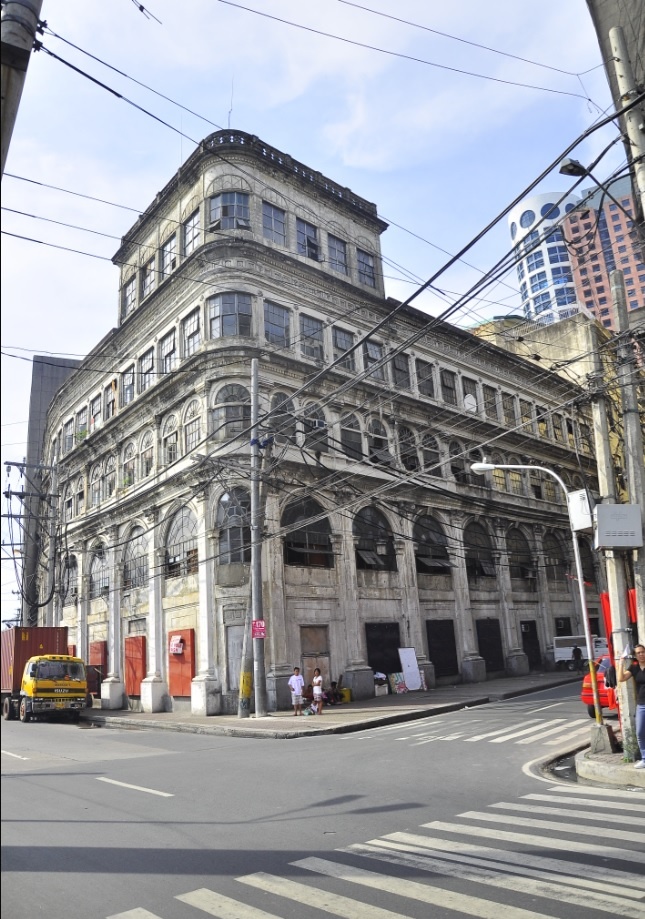
El Hogar Filipino Building
The El Hogar Filipino Building was one of the earliest skyscrapers in Manila. Built in 1914 and designed by Ramon Irureta-Goyena and Francisco Perez-Muñoz in the Beaux-Arts style, the El Hogar has elements of Neoclassical and Renaissance styles in its construction. The building survived World War II along with other numerous earthquakes that rattled Manila.
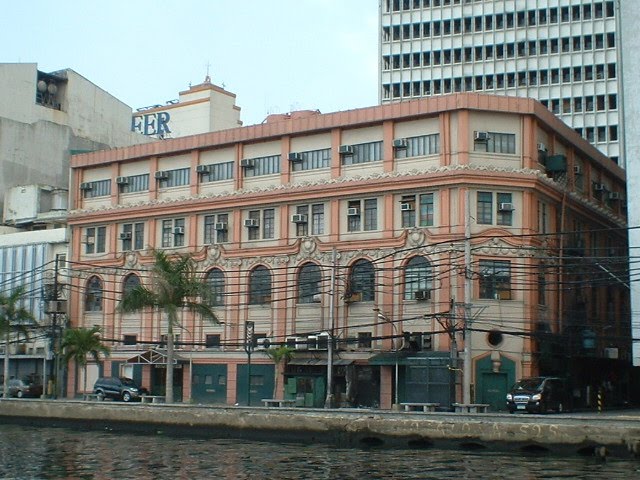
Calvo Building
Built in 1938 beaux-arts style by Fernando H. Ocampo and his partner Tomás Argüelles, the Calvo Building has been a host to a number of historic companies and institutions ever since it opened its doors all those years ago. Philippine Bank of Commerce had its offices in the ground floor, while the law offices of Aquino and Lichauco attorneys-at-law occupied the second floor. Araneta and Company occupied the third floor, while socialites flocked to pre-war soda fountain house Luisas on the ground floor.
Today the Calvo building is a museum of sorts, housing memorabilia of Old Manila which includes photos of the socialites during its heyday. The museum also has a large collection of photos and images from the Battle of Manila, and was the birthplace of the GMA network.
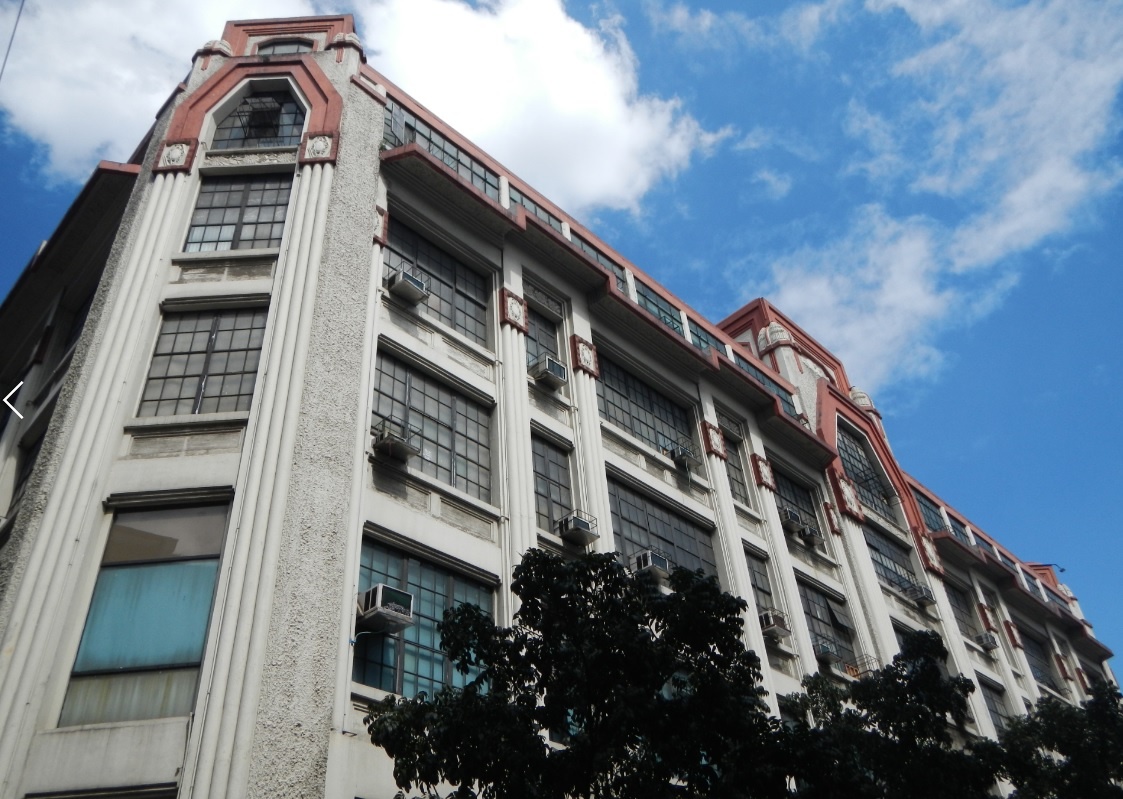
Pérez Samanillo Building
The Pérez Samanillo Building, now known as the First United Building was designed by Andrés Luna de San Pedro, the son of renowned painter Juan Luna in the art deco style. When it was completed in 1928 it was the tallest building in Manila, and survived World War II relatively unscathed save for minor damage compared to the surrounding buildings.
It sits across the Regina building and was renamed the First United Building by the Sylianteng family. The Pérez Samanillo building is also a hotbed of art, and serves as the meeting ground of the art collaboration organization 98B on the weekends.
Know more historical buildings around Metro Manila? Do share them with us in the comments section!